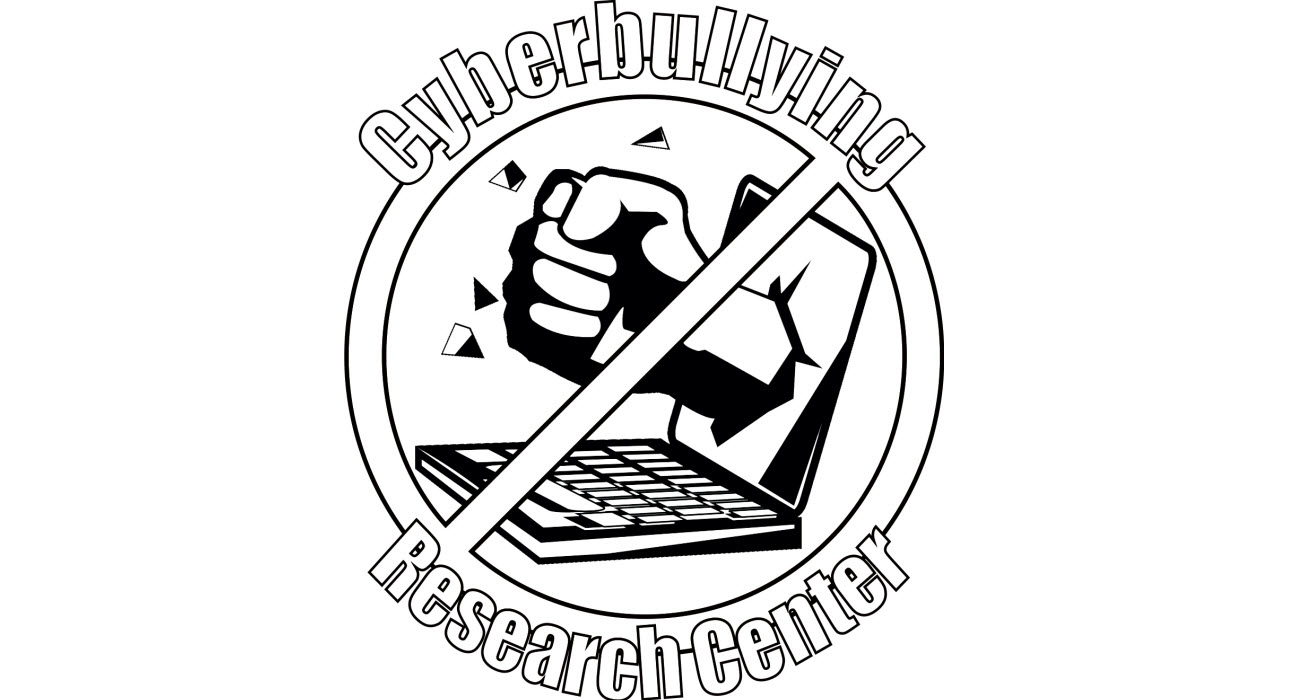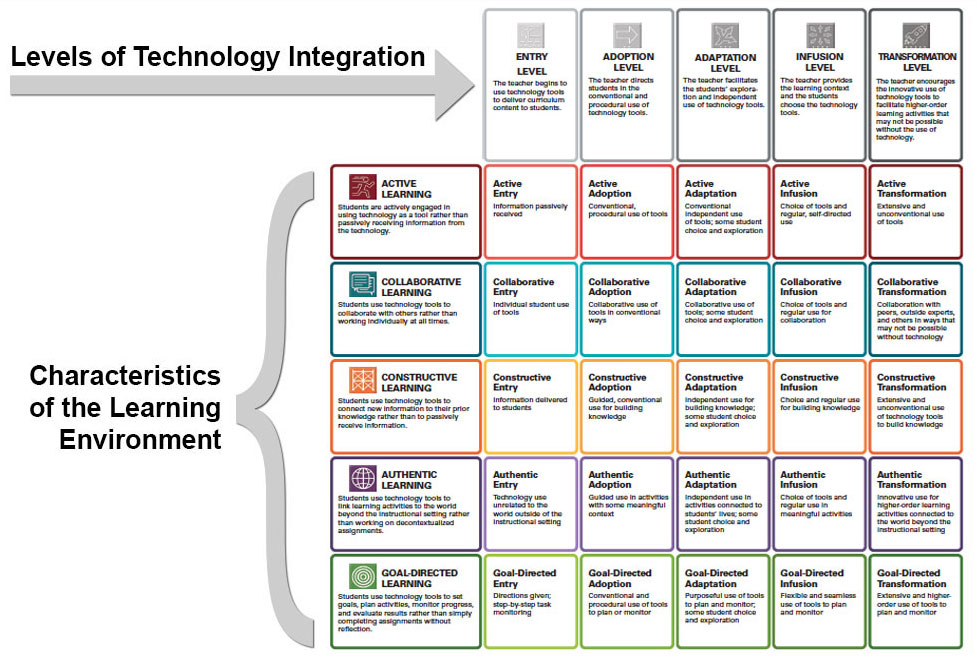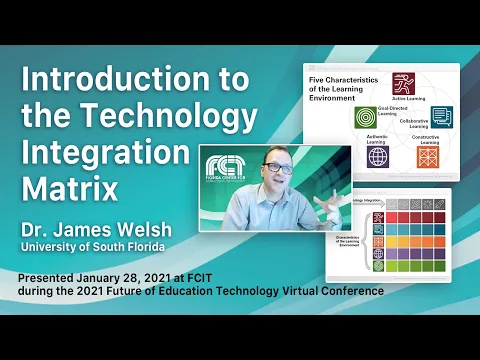Mrs. Siebert is a former 4th grade teacher. During my second year at the school we were teaching at, she was intentional about helping me have a successful school year in my classroom. Due to the fact that I know her so well, it doesn't surprise me that she went into the library with the same mentality, to help others. I visited Ms. Siebert at her elementary school and talked with her about her schedule, it's importance, and collaborating with others. Unlike the other interviews, Mrs. Siebert and I didn't sit to have this interview about collaboration. Instead we were preparing her library, so that it would be ready for the class that was coming soon.
Ms. Sibert's schedule is quite different from any other librarian I know. Her schedule is flexible in the morning, but fixed in the afternoon. Her mornings are spent in grade level plannings learning about what they are teaching and any upcoming learning that will be taking place. In these meetings she, as she's listening, she will come up with something she can do in the library to assist the grade, or she sends them an email of an idea later that day, if she took a while to come up with a way to assist them.
Right now, her biggest challenge is teachers willingness to take time from their lessons to come to the library. She has cultivated a library that students feel safe, enjoy coming to, and can work together, but she would like the upper grades to come more often, so they can reap the same benefits as the younger students. Another challenge she faces is at the beginning of the year trying to get students to work together, accept feedback, and further thinking by participating. She stated that collaborating is challenging at the beginning of the year because students aren't comfortable with her or each other.
I was able to witness her implement some of the competencies in the lessons I was able to watch. The students were learning about animal and their habitats, so she read a book that to activate their knowledge. The book was funny, informative, but didn't go into a lot of details to keep the kids engaged. Students were yelling out everything they knew about some of animals, but learning about the new ones. They then worked in groups to compare the animals, what they eat, and their habitats.





:max_bytes(150000):strip_icc()/how-to-prevent-cyberbullying-5113808-regular-FINAL-c4b787d8143f472a88874837efc76a9d.png)




